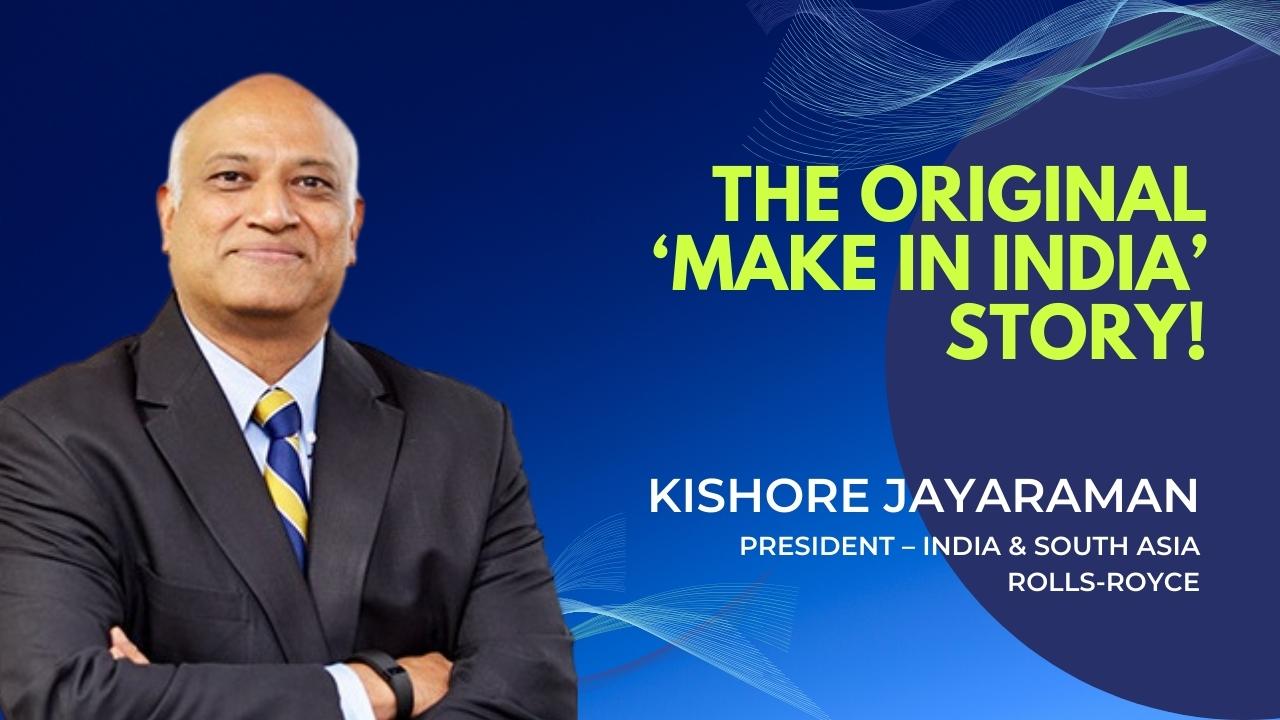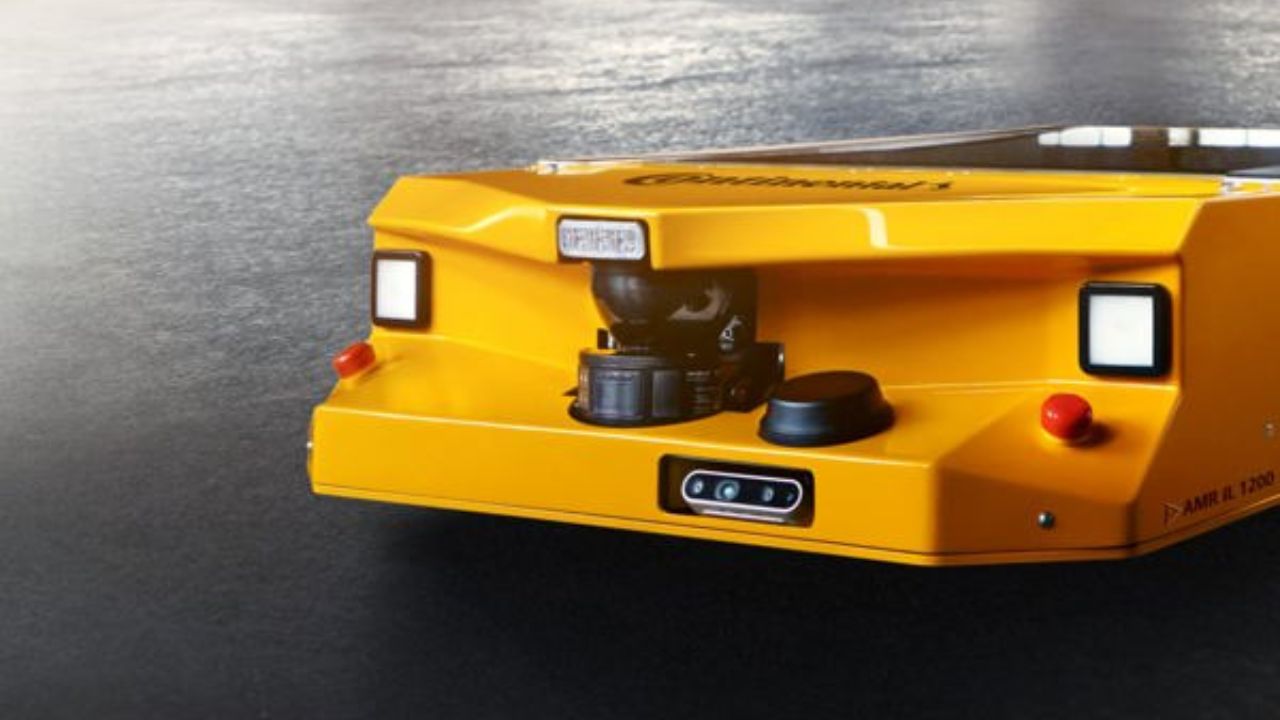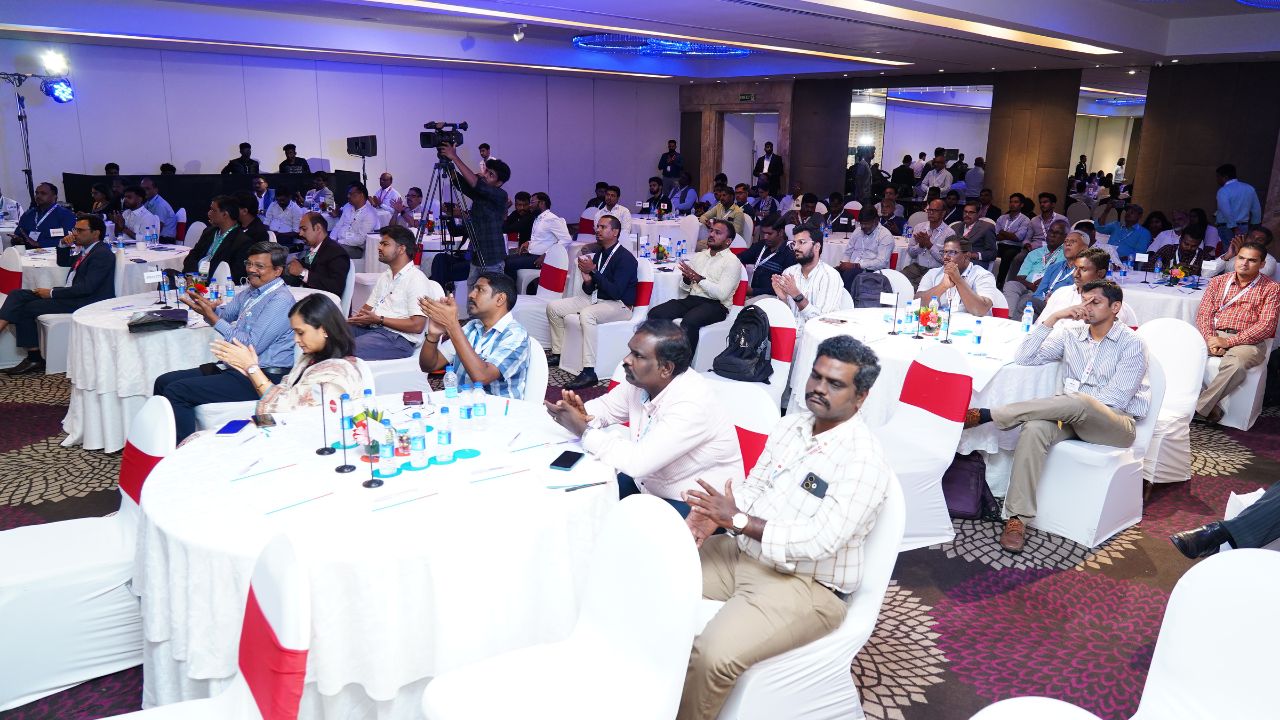IT-OT Convergence: Leadership Insights on Bridging the Physical-Digital Divide
#ITOTConvergence #ProMFGTechSummit #manufacturing #ITOTintegration #PhysicalDigitalDivide #Cybersecurity #AdvancedManufacturing #IndustrialAutomation #DataDrivenDecisions"Understanding what the top floor wants—be it improved efficiency, reduced costs, or higher profitability—ensures alignment and accelerates implementation.” Navin Nathani, General Manager and Head - IT, Transformation and Value Creation, Hindalco Industries.
_7_1_2025.jpg)
January 2025 : At the Pro MFG Tech Summit 2024, industry leaders shared their insights into the complexities and opportunities of IT-OT (Information Technology and Operational Technology) convergence. This critical transformation is reshaping the manufacturing landscape, enabling real-time decision-making and enhancing operational efficiency. However, achieving seamless integration remains a multifaceted challenge.
Manish Kulkarni, Co-Founder and Director, Pro MFG Media, opened the session by highlighting the need to focus on outcomes. "The objective behind digital transformation is not technology itself but the business value it delivers," he remarked, setting the stage for an engaging conversation.
Defining Success Through Strategic Vision
Mahesh Padoshi, Associate Director - Digital Transformation, Strategy & Deployment, Johnson & Johnson emphasized the importance of outcome-driven strategies. He drew parallels between the manufacturing sector and other industries, showcasing how real-time data and automation can revolutionize operations. “The first question to ask is, ‘What does the customer value?’ Defining the 'what' is crucial before determining the 'how,'” he said.
Using the example of continuous manufacturing in pharmaceuticals, Mr. Padoshi highlighted how advancements in IoT have reduced lead times and improved product delivery. “The integration of shop-floor data with top-floor insights ensures that decisions align with business goals,” he concluded.
Addressing Legacy Challenges
Legacy systems often create roadblocks to IT-OT integration. Raman Jha, Vice President, Head Digital Delivery Centre, Aditya Birla Group, discussed the complexities of modernizing older plants with outdated PLC and SCADA systems. "The primary challenges are not just technological—they also involve cost, culture, and cybersecurity," he noted.
Mr. Jha elaborated on his team's approach to overcoming these challenges, from navigating procurement hurdles to implementing robust cybersecurity measures. "IoT security is far more critical than traditional IT security due to its direct impact on physical operations and human safety," he emphasized. His advice to leaders: “Adopt a mindset of resilience and long-term growth to overcome integration barriers.”
Empowering People to Drive Change
Ravind Mithe, Advisor to Banas Dairy, shared a compelling perspective on the human element of digital transformation. He explained how clear vision and simple communication can inspire teams. “We called our initiative ‘Digital Dairy,’ and it resonated with everyone—from workers to farmers,” he said.
Mr. Mithe also stressed the importance of motivation, gamification, and skill development to reduce resistance to change. “Transformation succeeds when people feel empowered and involved,” he observed, sharing how tools like digitized monitoring systems fostered enthusiasm and ownership among workers.
Breaking Down Silos
For Navin Nathani, General Manager and Head - IT, Transformation and Value Creation, Hindalco Industries, the IT-OT divide is a persistent challenge. He spoke about aligning cross-functional teams through shared KPIs. “When IT and OT teams have common goals, collaboration becomes seamless,” he explained. Nathani’s concept of "digital ambassadors" — shop-floor champions who drive adoption — has proven to be an effective way to embed change at the operational level.
He also underscored the importance of clear expectations from top management. "Understanding what the top floor wants—be it improved efficiency, reduced costs, or higher profitability—ensures alignment and accelerates implementation,” he noted.
Avoiding the Allure of Dazzling Technology
Dr. Pratap Nair, CEO of Ingenero, cautioned against being distracted by flashy new technologies. “Start with the business problem and identify where technology adds value,” he advised. Dr. Nair emphasized the need for domain expertise, actionable insights, and workflow integration. “The true value of technology lies in its ability to drive decisions and actions,” he said.
Drawing from his extensive experience in process manufacturing, Dr. Nair stressed the importance of involving the right stakeholders early on. “Transformation requires collaboration between IT, OT, and business teams to ensure alignment with organizational goals,” he concluded.
Securing C-Level Support and ROI
The panel unanimously agreed on the importance of senior leadership in driving IT-OT integration. “Without C-level backing, initiatives can falter due to funding delays or bureaucratic hurdles,” observed Dr. Nair. Mahesh Padoshi added that balancing long-term goals with short-term execution plans is essential for ROI. "Start with long-range financial planning, but ensure quarterly and day-to-day objectives are met to build momentum," he said.
A Unified Path Forward
The industry leaders underscored the need for inclusivity and collaboration. Whether it’s bridging organizational silos, addressing cultural resistance, or aligning technological investments with business outcomes, the journey of IT-OT convergence is as much about people as it is about technology.
The panel's insights reaffirmed a vital truth: digital transformation is not a destination but an evolving journey. With a clear vision, empowered teams, and strategic leadership, manufacturers can unlock the full potential of IT-OT integration, driving sustained growth and innovation.
NEWSLETTER
TRENDING ON PRO MFG
MORE FROM THE SECTION








